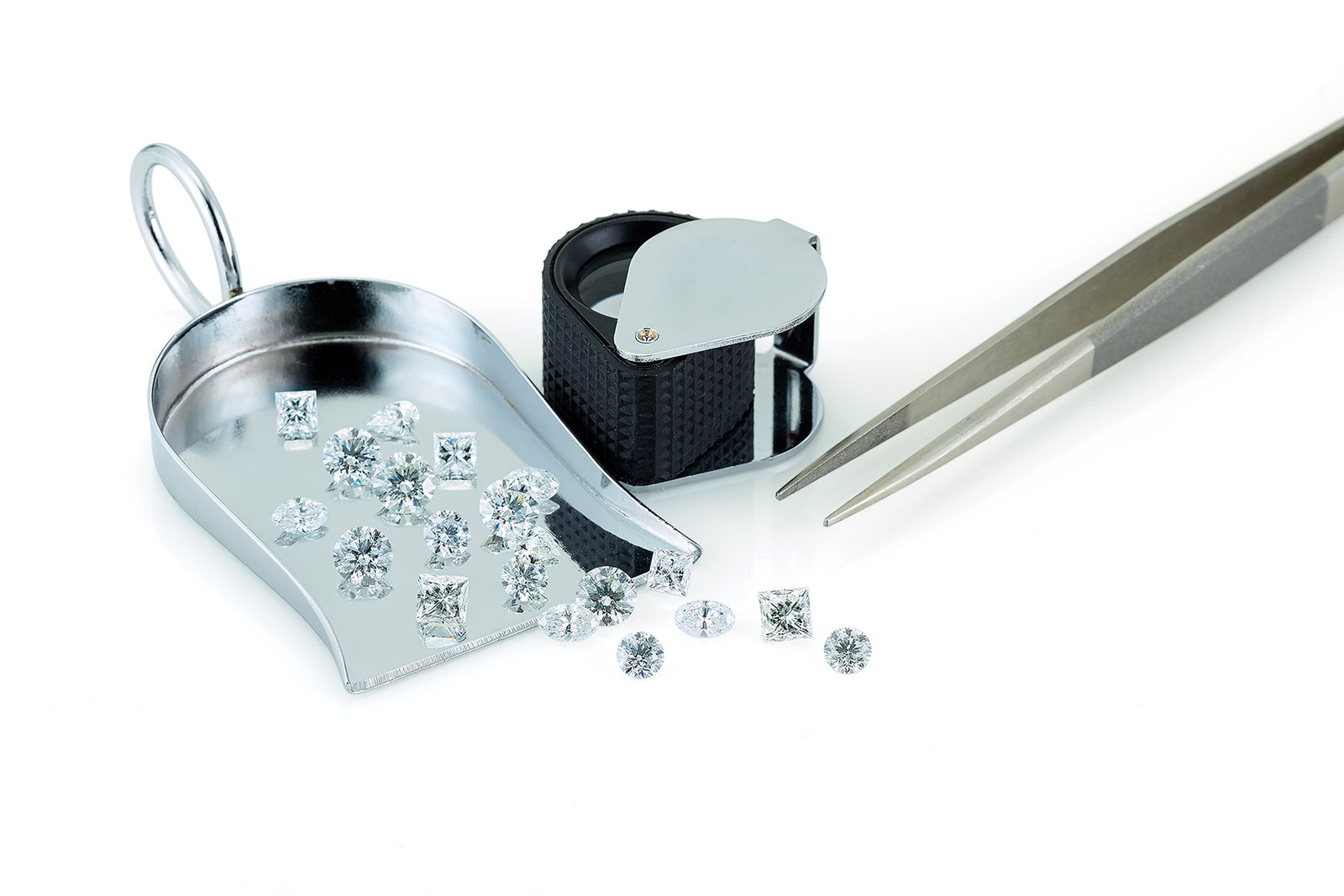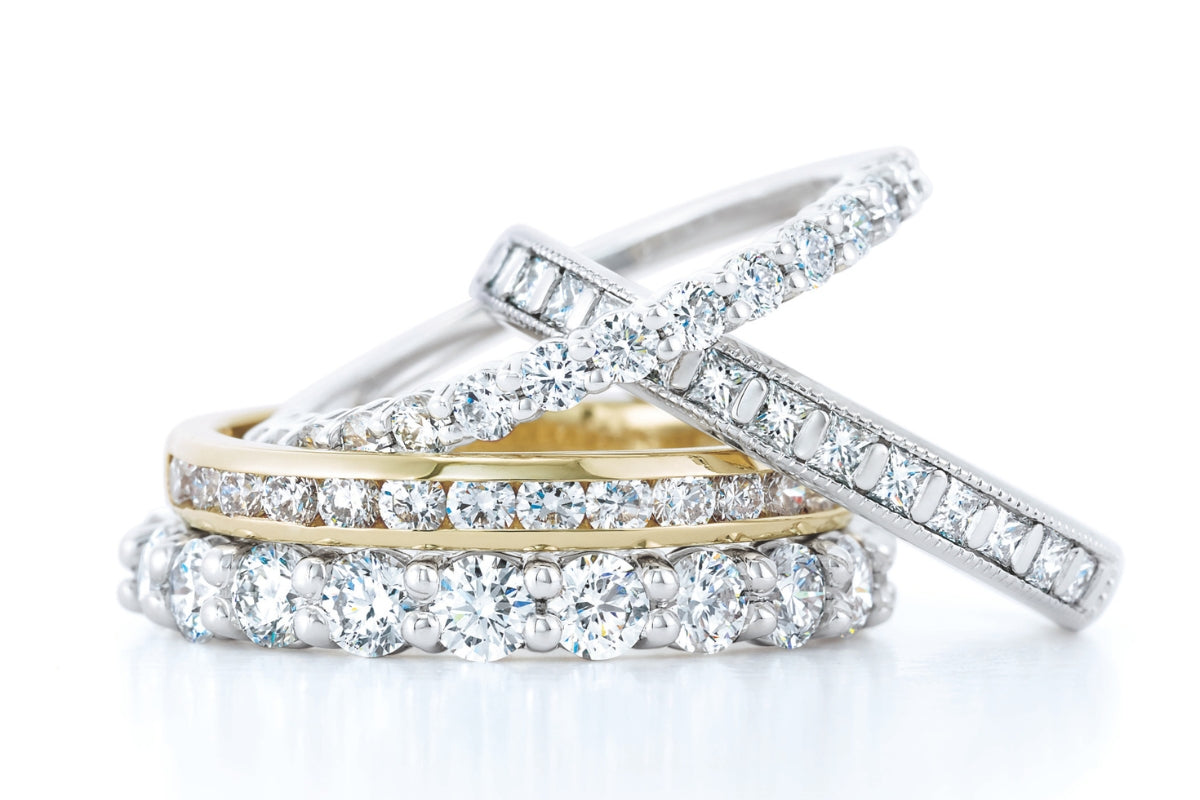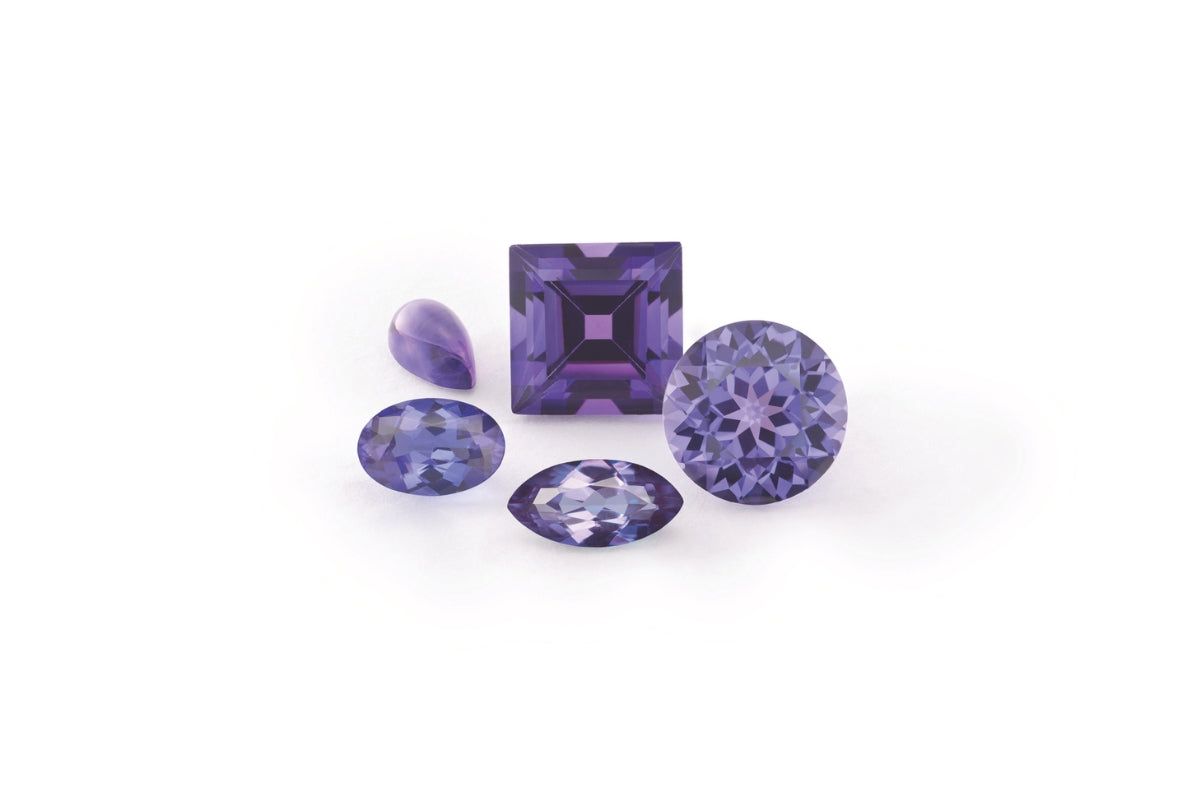When people think of diamonds, they refer to their weight in“carats.” Why, and where does that word even come from? First, carats are a very accurate metric measurement, and the name has an interesting historical origination. One would probably have never guessed that the carat we speak of today has ancient roots, and was derived from the carob seed, which comes from the locust tree. The carob seed was commonly used for flavoring and livestock feed.
You see, in ancient times, there was a need to measure gemstones accurately and reliably. Coincidentally, the carob seed was a great benchmark for measuring diamonds and gemstones due to their consistent size and weight. Jewelry merchants used them as counterweights in hand-held balance scales. Back then, “one-carat” may have had a 12 point spread (by that I mean between 0.95 to 1.07 carats). That type of inaccuracy wouldn’t fly today. Luckily, according to GIA, this changed in the early twentieth century, when a “carat” was standardized worldwide to equal 200 milligrams, ⅕ of a gram, or 0.200 gram. This means that it would take approximately 142 diamonds to equal 1 ounce. That’s the weight of a 1st class letter, which means you could literally send 142 diamonds in an envelope with a single stamp!

Image courtesy of GIA
One carat can be divided into 100 points, just like one dollar can be divided into 100 pennies. So if you have a 0.75 carat diamond, that’s 75 points, or a 1.50 carat diamond, that’s 150 points. In the jewelry industry, it’s standard practice to weight diamonds to the thousands place (three decimal places), and then round to the hundredth place (two decimal places). Thanks to the GIA for this technical and historical information.




